To put it mildly, Jaipur, the "Pink City" of India, is a unique travel destination. For the intrepid traveler, the city provides an intriguing array of attractions ranging from regal forts to lively taverns and from luxurious restaurants to royal palaces. Not to mention the friendly atmosphere of the city, which is a byproduct of Rajasthan's past and imperial culture. Warm hospitality is even extended to guests by Jaipur's hotels.
There is only one thing to do in such a welcoming and energetic environment: fully immerse yourself in the city's magnificence. However, where do you even begin? In this blog, we'll guide you through many tourist attractions in Jaipur and assist you in planning your schedule.
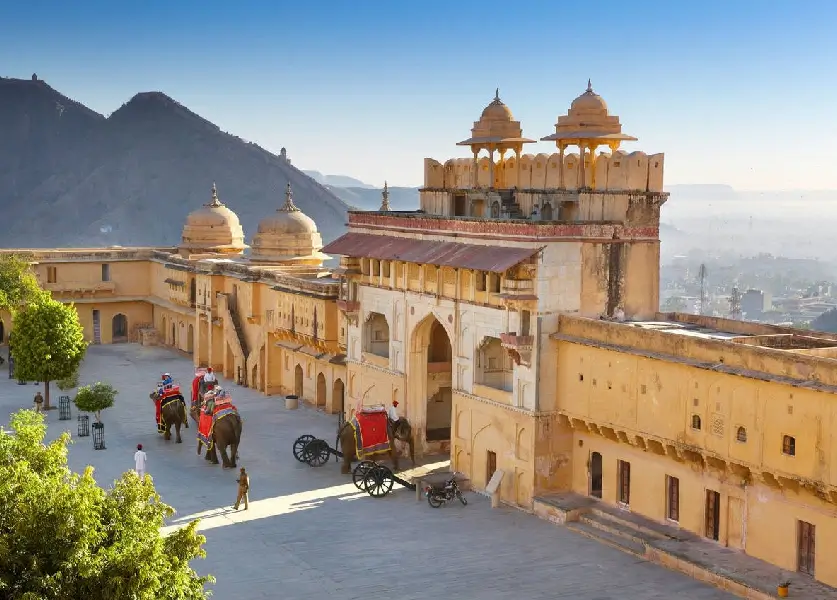
One of India's most stunning palaces, Amer Fort, is perched atop a hill close to Jaipur. This magnificent structure, sometimes referred to as the Amber Fort, is a major landmark in Indian history and a work of architecture with winding stairs and labyrinthine tunnels. Situated about 11 kilometers from Jaipur, Amer Fort is part of a large complex and is covered in pink and yellow sandstone. Built around 1592 as the principal seat of the Rajput rulers, Amer Fort was named for one of Akbar's most faithful generals, Maharaja Man Singh I. Over 5,000 people visit the fort every day, and it is fitting that the Amer Fort, along with five other forts, was included in the "Hill Forts of Rajasthan" UNESCO World Heritage Site list.
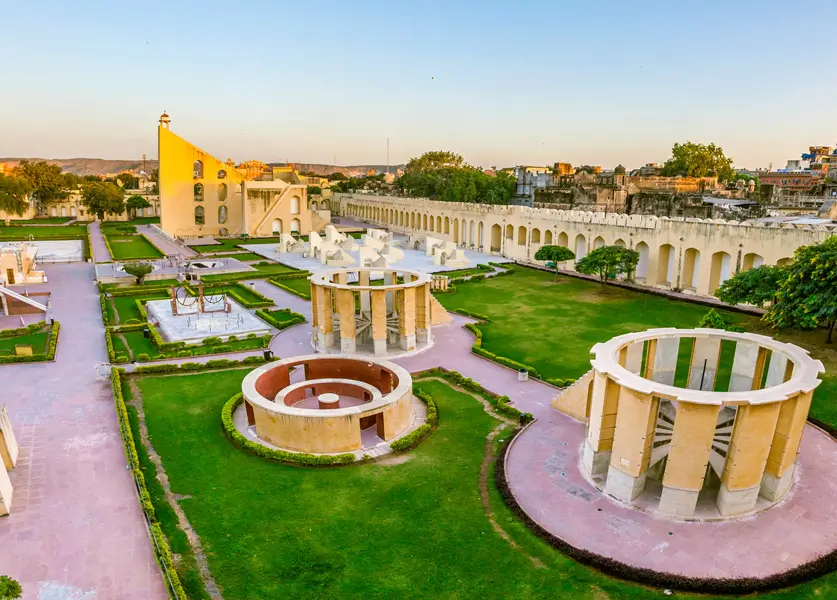
The world's largest stone astronomical observatory, Jantar Mantar, is situated in the royal city of Jaipur, next to the City Palace. Because of its scientific, cultural, and historical significance, Jaipur's Jantar Mantar is included in UNESCO's list of World Heritage Sites. Raja Sawai Jai Singh constructed this historic study between 1727 and 1733, and it is home to nineteen brass and stone instruments. The watchers were able to use only their naked eyes to observe the positions of celestial bodies because of the clever design and arrangement of these gadgets. This engineering masterpiece has withstood the test of time and continues to function just as effectively as it did in the past.
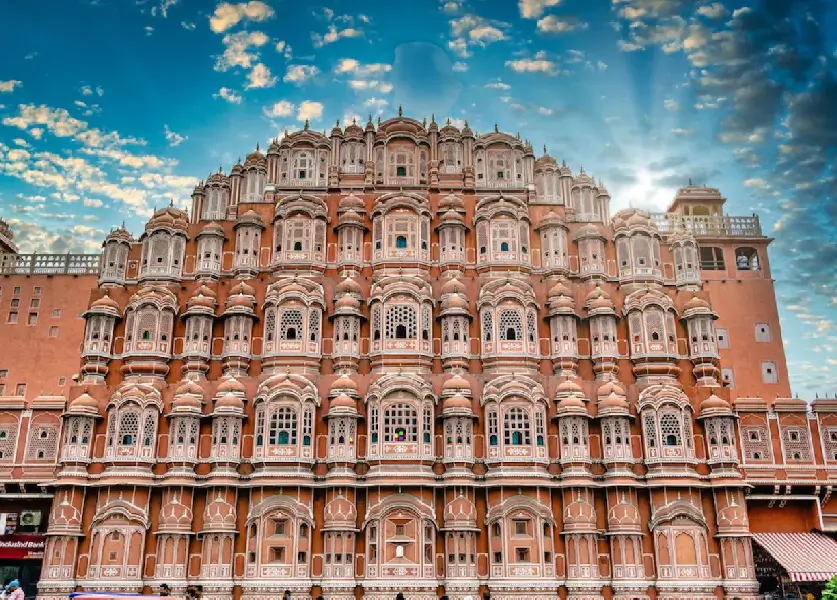
Built in 1799 by Maharaja Sawai Pratap Singh, the imposing Hawa Mahal is located at the crossroads of Badi Chaupad and the main road in Jaipur. The name Hawa Mahal comes from its unusual design, which consisted of a net of tiny openings that let cold air inside the palace to keep it cool during the sweltering summer months. The palace was built primarily so the women of the royal house could watch the celebrations on the streets without being visible from the outside, as was customary in the area. It reaches all the way to the 'zenana' and is situated exactly on the edge of the City Palace in Jaipur. A stunning view of the City Palace, Jantar Mantar and the constantly crowded Sri Deori Bazaar can be seen from the top of the palace. Additionally, there is a tiny museum with some priceless artifacts and miniature paintings.
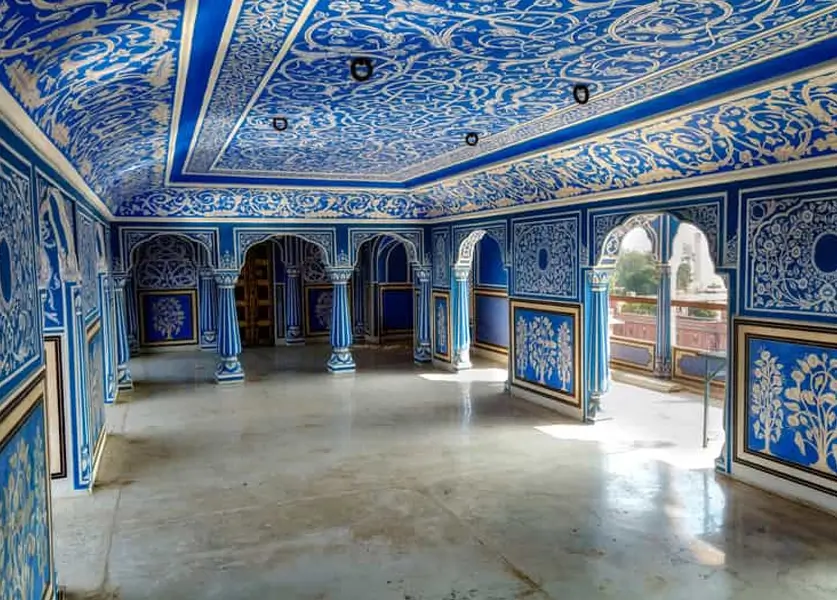
One of the most famous tourist attractions in Jaipur is the magnificent City Palace, which is located in the city's historic quarter. Built by Maharaja Sawai Jai Singh between 1729 and 1732, the expansive palace complex occupied nearly one-seventh of the city's fortified territory. Actually, it used to be the residence of the Maharaja of Jaipur. The courtyards, buildings, and gardens that comprise the palace are the Chandra Mahal and the Mubarak Mahal. Along with unique handcrafted goods, the museum showcases artifacts from the City Palace's regal heritage. There are three gates in the City Palace; the public can access the Virendra Pol and Udai Pol.
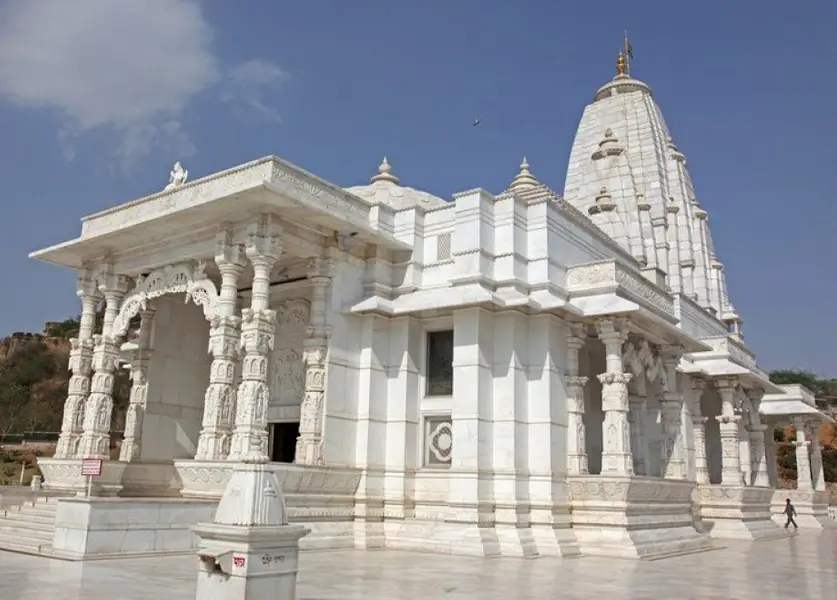
Part of the chain of Hindu temples called Birla temples across the nation is the majestic Birla Mandir in Jaipur. Situated atop Moti Dungari Hill, the shrine is also referred to as the Lakshmi Narayan Temple. The Maharaja of Jaipur donated the site up for a meager sum of one rupee, and the Birla family used that money to build the temple in 1988. Constructed entirely of white marble, the Birla Temple is a blend of traditional Hindu architectural forms and contemporary architecture. The temple's walls are adorned with elaborate carvings of gods and goddesses as well as proverbs from the Upanishads and Puranic texts.
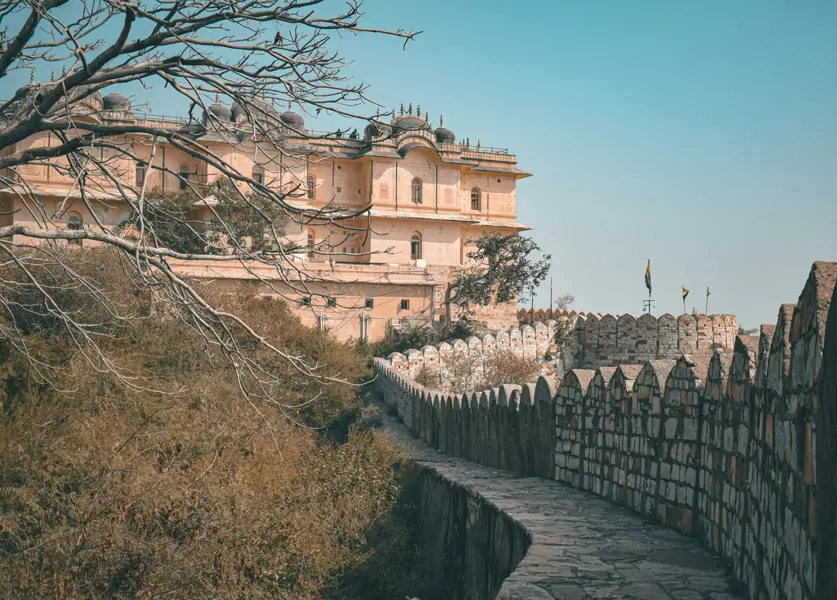
Situated on the outskirts of Jaipur, Nahargarh Fort is renowned for its expansive wall that links it to Jaigarh Fort and its amazing views of the city. Encrusted with intricate stonework and sculptures, the Nahargarh Fort is an unbreakable construction that, along with its two nearby forts, Amer and Jaigarh, originally formed the formidable defense of Jaipur city. Maharaja Sawai Jai Singh II erected the Fort in 1734 as a place of refuge. If you're close to Nahargarh Fort, you should check out the Padao Restaurant, where you can take in sweeping views of Jaipur.
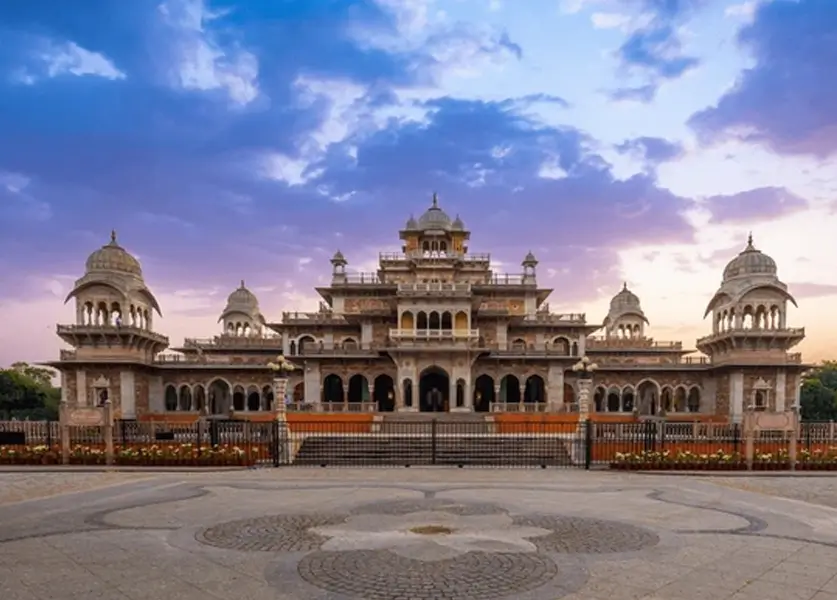
The oldest museum in Rajasthan is the Albert Hall Museum, which is located in Jaipur's Ram Niwas Garden. It was originally intended to be a music hall when it was built in 1876, and the name comes from its resemblance to the architecture of the Victoria and Albert Hall Museum in London. Also referred to as the Government Central Museum, it is a prominent example of Indo-Saracenic architecture. The enormous collection of artifacts that have been brought from all around the world is housed in 16 art galleries at the Albert Hall Museum. As night falls and the entire structure illuminates with yellow lights, the museum takes on a completely new facade that is incredibly stunning.
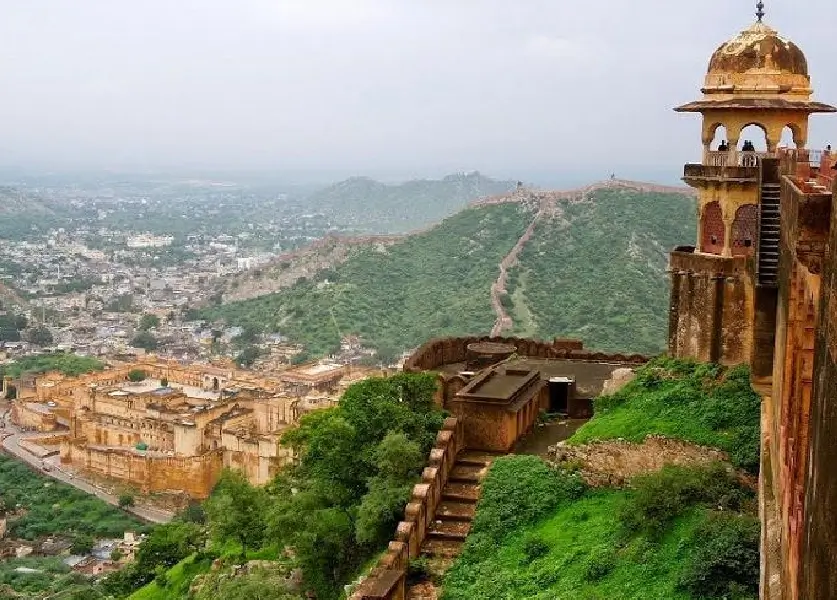
Perched atop the 'Cheel ka Teela' hills in Jaipur, the Pink City, is the imposing Jaigarh Fort. Sawai Jai Singh II ordered the construction of this beautiful structure in 1726 to guard Amer Fort. Nestled on the precipice, this magnificent building is surrounded by lush vegetation and imposing battlements. Cleverly named the 'Fort of Victory' since it was never taken, this superb fort is connected to Amer Fort via underground passageways. The fort provides a stunning perspective of Jaipur city and is currently home to "Jaivana," the largest cannon on wheels in the world.
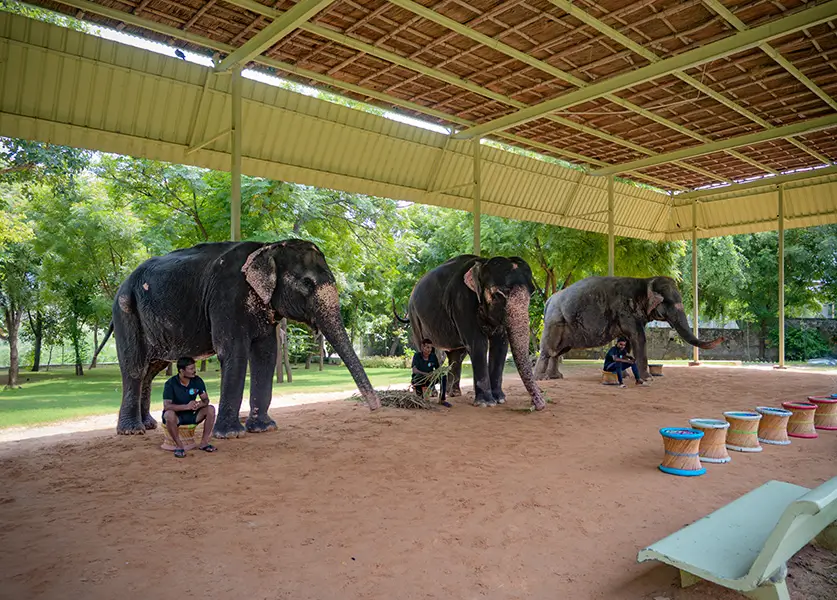
Elefantastic and Elephant Sanctuary In Jaipur, is a destination that will permanently alter your view of an elephant sanctuary. It is located in Jaipur, the capital city of Rajasthan near Kunda Amer. This place not only boasts of its vast topography, kaleidoscope culture, deep-rooted spirituality, photogenic disarray and compassion for animals, but it also treats its elephants with great care.
Mr. Rahul Choudhary, the owner of Elefantastic, designed this location. His goal was to establish an elephant rehabilitation facility and provide assistance to the mahouts and owners of each elephant, who are mostly from lower-class backgrounds. Elefantastic offers the elephants a safe place to live in addition to imparting knowledge on elephants' everyday activities and events.
Observe the elephants going about their daily lives: The primary draw here is giving visitors a real-time glimpse into the elephants' daily routine. So you can see what the elephants do from the moment they wake up, including how they bathe and cool down and how their mahouts take care of them with the highest affection and devotion.
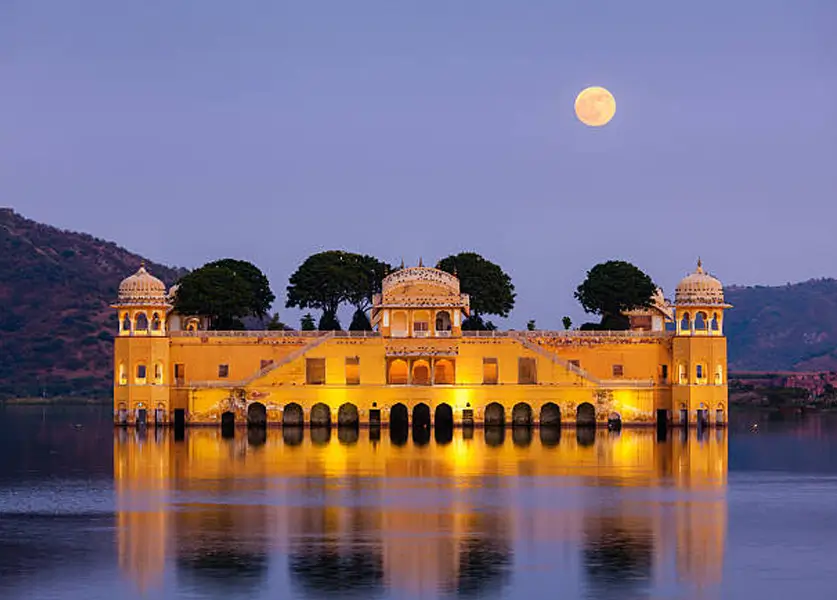
The magnificent and serene Jal Mahal is located on the outskirts of Jaipur, perfectly centered within the Man Sagar Lake. It is a magnificent creation of the Nahargarh Hills around. Once a shooting lodge for the Maharajas, this low-rise, symmetrical Palace now draws tourists from all over the world. Maharaja Madho Singh ordered the construction of Jal Mahal in the 1750s. Undoubtedly, it's among the most often photographed monuments in India. This palace's most remarkable characteristic is that, although appearing to have just one story above the river, there are actually four stories below it.
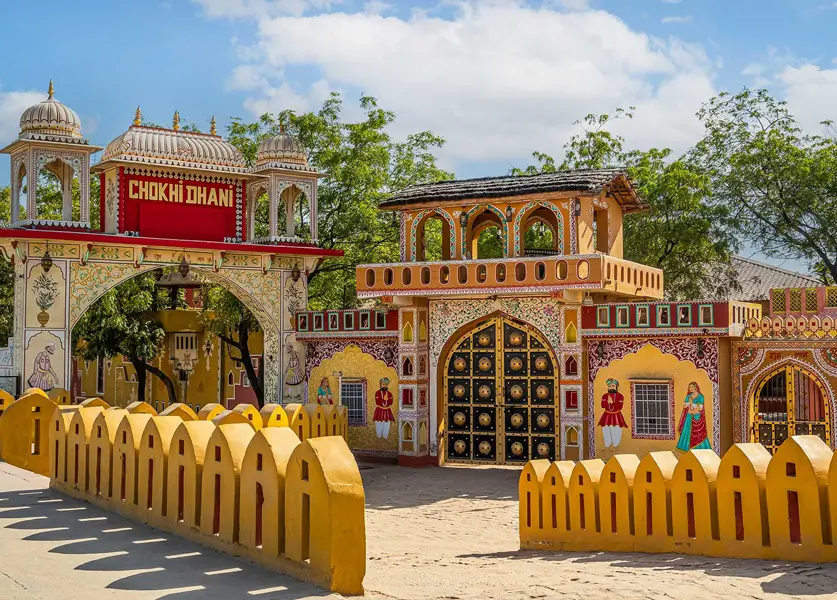
Chokhi Dhani is a magnificent historical resort that celebrates Rajasthani village culture. Tonk Road lies on the fringes of the city. The village's idea is to provide a tangible experience of rural Rajasthan. It is a true representation of authentic Rajasthan, including antique artifacts, handicrafts, paintings, folklore, and sculptures. The town has a variety of entertainment alternatives, including folk dances, music, camel rides, puppet performances, fortune-tellers, acrobatics, predicting parrots, magic acts, and horseback riding.
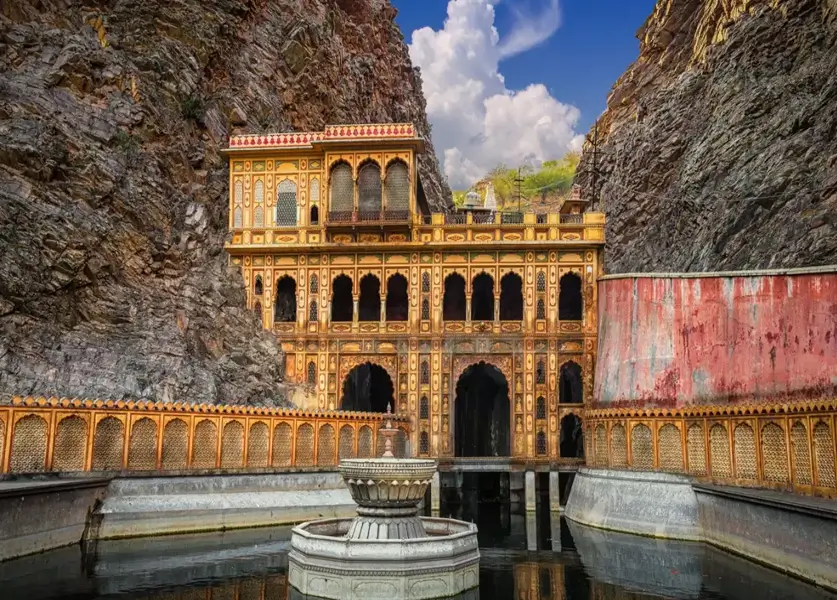
The Galtaji Temple, located on the outskirts of Jaipur, is a prehistoric Hindu pilgrimage site. The Aravalli hills provide a stunning backdrop for the temples, sacred kunds, pavilions, and natural springs. This impressive temple is located in the center of a steep terrain enclosed by a stunning gorge, which draws travelers here every year. Galtaji Temple, made with pink sandstone, is a huge complex with various shrines. Located inside the City Palace, the walls of this temple are magnificently embellished with carvings and paintings, making it a worthwhile visit.
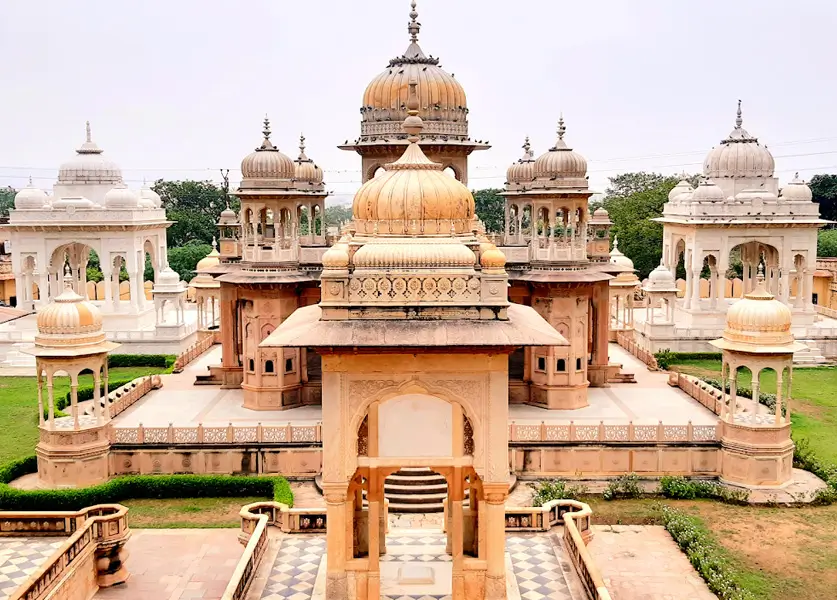
Gatore ki Chhatriyan, located a little outside of Jaipur, serves as the cremation for the Kachwaha Rajput family. It is located in a peaceful area and features a number of exquisite cenotaphs marking the formal cremation sites of former kings. The place was designed by Jaipur's creator, Maharaja Jai Singh II. The Gatore compound is dominated by Vedic architecture, with Indo-Persian structural and arcuate construction elements. The crematoriums are on the north side, with a southerly slope.
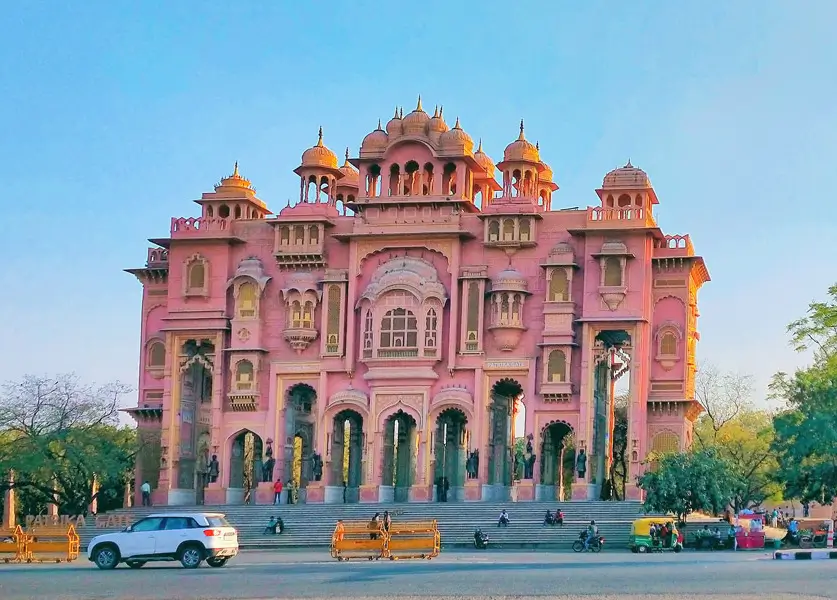
Patrika Gate, which serves as the entrance to Jawahar Circle Park, is one of India's most photographed attractions. A large gate known for its beautiful construction, it features vivid hues and elaborate carvings that represent Rajasthani culture. The gate, one of nine in Jaipur, is a relatively modern addition to the city. It is composed of pink sandstone on the outside and has a colorful promenade inside. Visitors going underneath will observe vividly painted archways, walls, and pillars depicting numerous facts, sights, and scenes from all around Rajasthan.
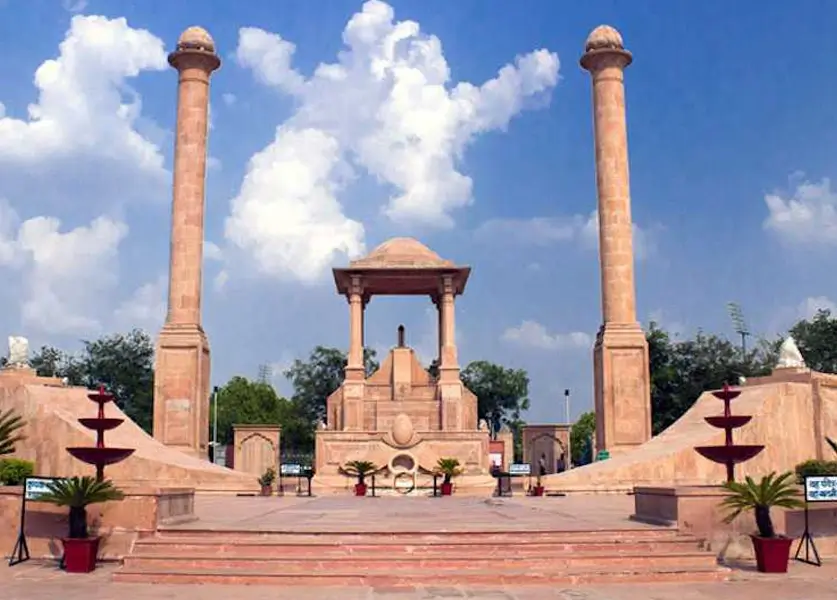
The Amar Jawan Jyoti is a monument in Jaipur, Rajasthan, located on Jan Path along the Jaipur Nagar Nigam Road. It was built to remember the Jaipur troops and martyrs who served India throughout the war and is noted for its never-ending flames. It was erected in pink sandstone on a black marble pedestal to honor all of the heroic warriors who fought in the 1971 Indo-Pakistan War. It consists of an overturned rifle covered by a warhead, encircled on four corners by torches that burn indefinitely and illuminate the area.
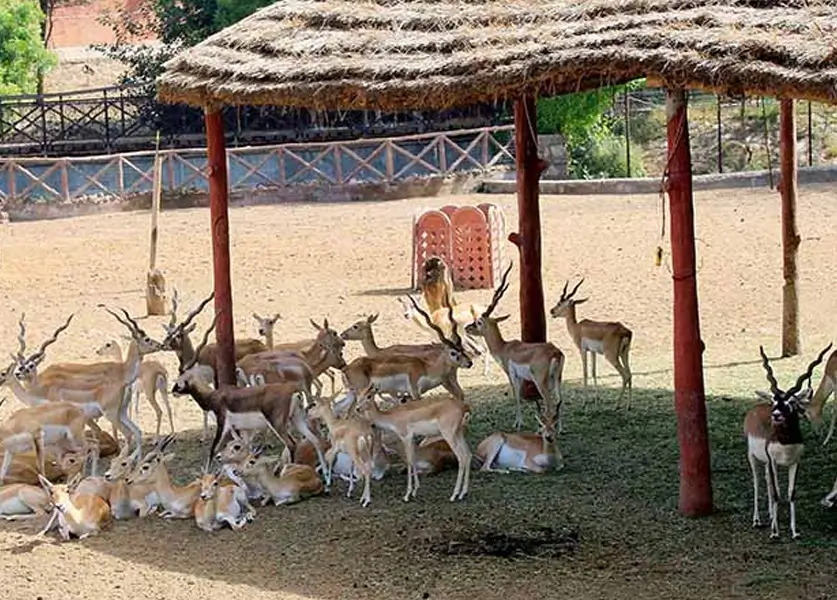
The Jaipur Zoo is a zoological garden in Jaipur, Rajasthan, located near the Albert Hall Museum and on the grounds of the Ram Niwas Garden. It is one of the country's oldest zoos and India's fourth-largest gharial breeding facility. There is also a small museum on the zoo grounds. The Jaipur Zoo covers roughly 35 acres and has more than 50 species from throughout the world. It is separated into two sections: mammals and reptiles/birds.
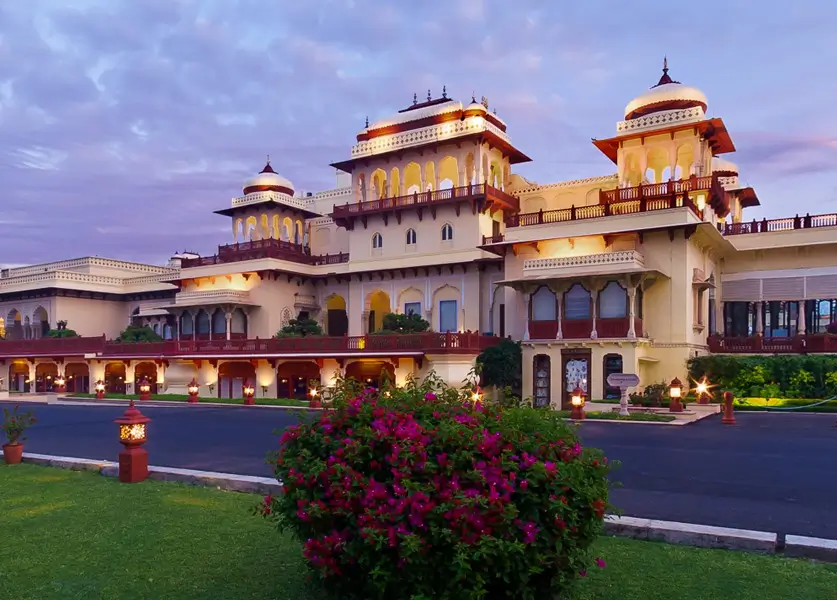
Rambagh Palace was erected in 1835 and has undergone numerous royal transformations, including serving as the home of the queen's favorite handmaiden, a royal guesthouse and hunting lodge, and eventually the residence of Maharaja Sawai Man Singh II and his queen, Maharani Gayatri Devi. It is now a heritage hotel operated by Taj Hotels and Resorts. Several well-known guests have visited the Palace, including Lord Louis Mountbatten, Prince Charles, and Jacqueline Kennedy. The hotel is renowned as the "Jewel of Jaipur".
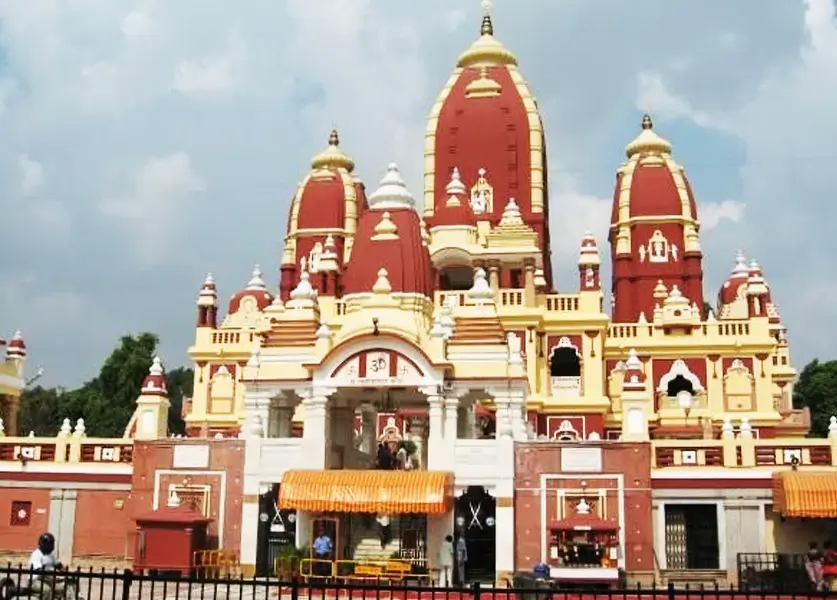
Govind Devji Temple, located within Jaipur's City Palace, is arguably one of the most important shrines for Krishna believers after Vrindavan. Locals think that the deity's statue here resembles Krishna's form during his Earth incarnation. From early morning to late night, the air is heavy with the sounds of Mangala Aarati at dawn and Shayana Aarati at night. Sawai Man Singh built it during Emperor Akbar's reign in 1590, and it was considered one of the world's largest temples at the time.
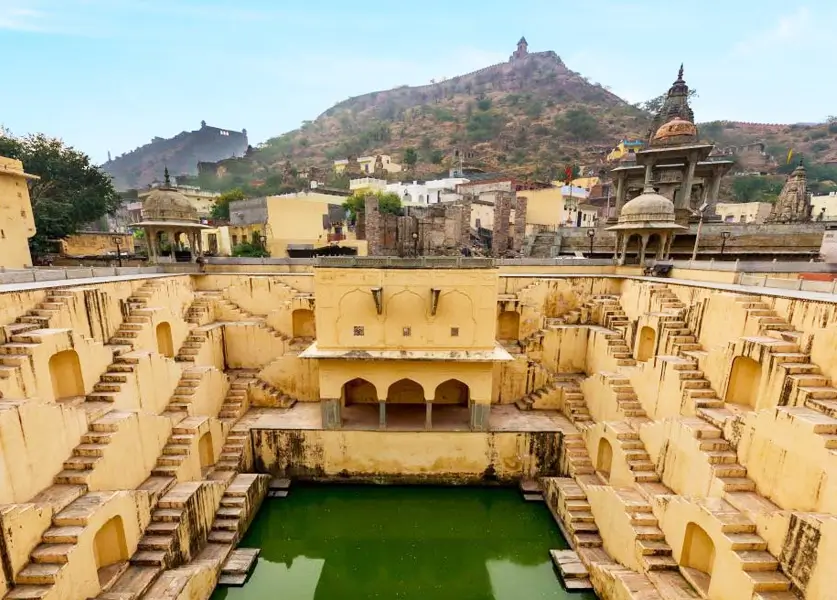
Established in the 16th century, the location is also known by a variety of other names, some of which are simply derivations of the original name in the local tongue. A baori, also known as a stepwell, is a concept unique to the Indian subcontinent and was previously the most common source of water. These are typically man-made pools of water that can be accessed by climbing a number of stairs. Panna Meena ka Kund in Jaipur is one of the numerous notable step-wells that still exist in western India, where they were primarily built.
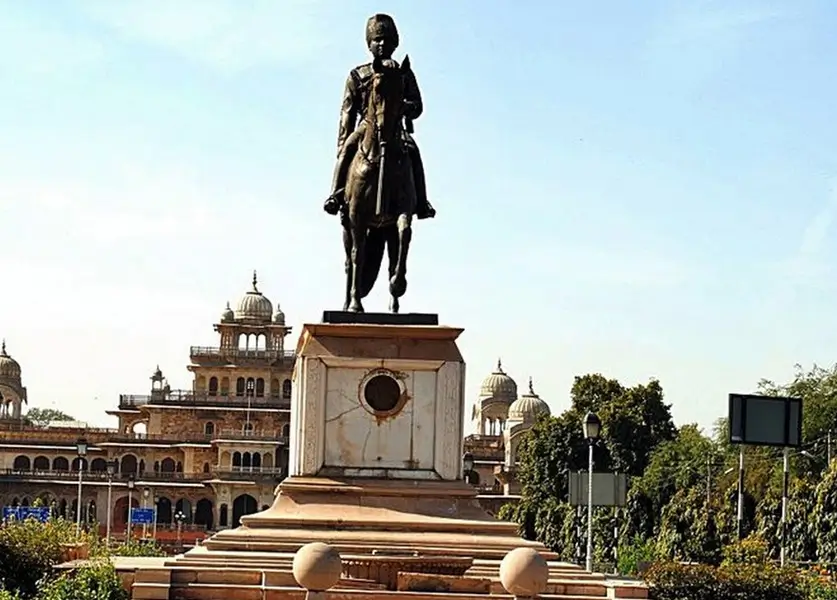
Ram Niwas Garden is a royal garden in Jaipur that Maharaja Sawai Ram Singh created in 1868. The lovely garden is located in the heart of the city and is regarded as a historical landmark in India. The Albert Hall Museum, often known as the Central Museum, is located on more than 30 acres of land. Tourists from all over the world come to Ram Niwas Garden to enjoy the regal aura of this historical site and to gain a glimpse into the royal lifestyle during the British era.
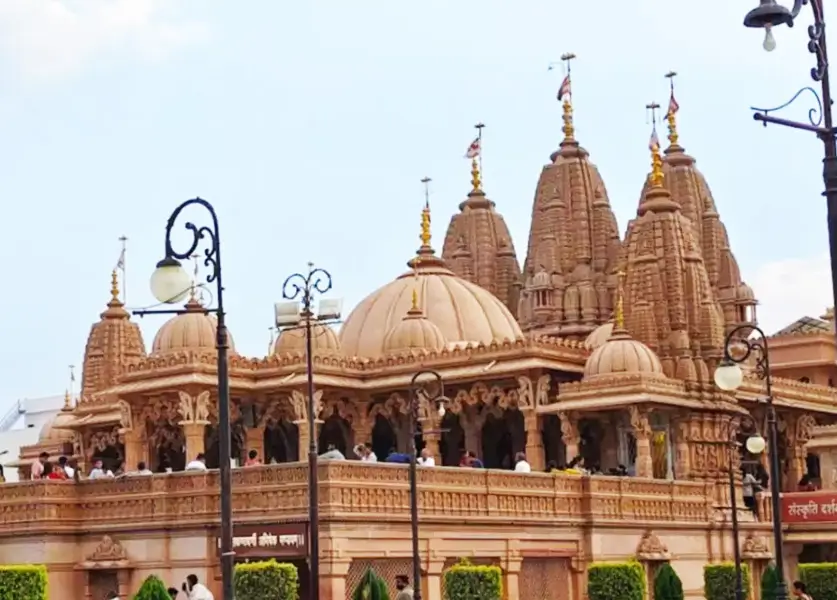
Also known as Swaminarayan Temple, it is dedicated to Lord Narayan or Lord Vishnu and is well-known for its spectacular architectural and cultural history. Although the structure is relatively new, the gardens and views are what draw visitors and devotees to this location. It offers a glimpse of Hindu culture and its growth in the region. The complex has a majestic temple surrounded by beautifully designed gardens. Akshardham Temple, located in the center of Jaipur, is one of the region's most sacred and popular sites.
Get More Information :
Yes, you can cover many of Jaipur’s sights that can be enjoyed within a two-day trip to the city.
Winter is the peak tourism season in Jaipur, lasting from early October until February. Because the weather is mild during these months, one can explore more of this area without becoming scorched in the scorching heat.
Jaipur's biggest tourist attractions are the Amber Fort, City Palace, Hawa Mahal, Jantar Mantar and Nahargarh Fort.
You can travel between Jaipur's tourist attractions by renting a local cab, using an auto-rickshaw, or organizing a guided tour.
Jaipur is home to prominent historical sites such as the Amber Fort, Jaigarh Fort, City Palace, Hawa Mahal and Nahargarh Fort, all of which provide insight into the city's rich history.
Yes, there are several off-the-beaten-path sights in Jaipur worth seeing, like Panna Meena ka Kund, Sisodia Rani Garden and Galta Ji Temple.